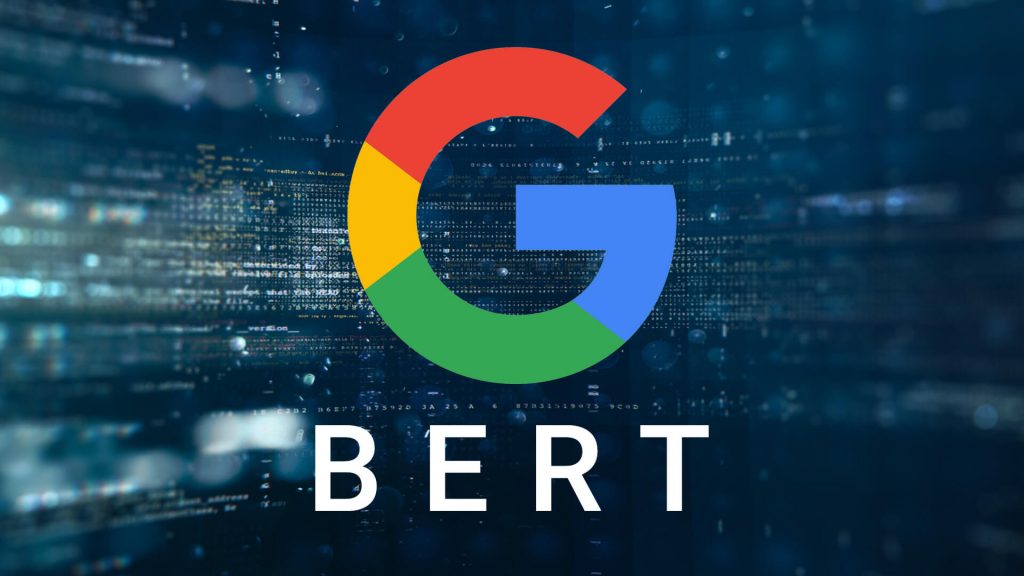Decoding BERT: How Google’s Latest Algorithm Shapes Search Results

How Google’s Latest Algorithm Shapes Search Results: An Introduction
In the intricate world of search engines, Google stands as an undisputed leader, constantly innovating to provide the most relevant results to its billions of users. As technology and user behavior evolve, so does Google’s approach to ranking web pages. Each algorithm update reflects Google’s continuous pursuit to understand human language, intent, and context more profoundly. The ultimate goal? To provide search results that resonate with the user’s intent and offer the best possible answers.
Also Read: –Conversational Marketing Mastery: Advanced AI Chatbot Strategies for 2023
Enter BERT (Bidirectional Encoder Representations from Transformers), one of Google’s most significant leaps in search technology. Unlike traditional algorithms that view words in isolation or simple linear sequences, BERT comprehends the context of each word in relation to its neighbors. This capability is not just a technical marvel; it’s a monumental step towards a search engine understanding human language in all its complexity. Consider the difference between “apple fruit benefits” and “Apple company benefits.” While the distinction is clear to humans, earlier algorithms might stumble. With BERT, such nuances become clearer.
This evolution has profound implications for website owners, SEO professionals, and content creators. The age-old tactics of keyword stuffing and creating content for robots, not readers, are becoming obsolete. Instead, there’s a renewed emphasis on high-quality, user-centric content that genuinely answers queries and serves the audience’s needs.
As we delve deeper into this topic, we’ll explore the intricacies of BERT, its impact on search results, and the broader implications for the digital world. Google’s latest algorithm isn’t just a technical update; it signifies a shift towards a more intuitive, context-aware digital universe.
Let’s delve into the topic “Decoding BERT: How Google’s Latest Algorithm Shapes Search Results.”
Decoding BERT: How Google’s Latest Algorithm Shapes Search Results
Introduction
- The importance of search algorithms in delivering relevant results.
- A brief overview of previous Google algorithm updates.
- Introduction to BERT – Google’s neural network-based technique for natural language processing.
1. What is BERT?
- Bidirectional Encoder Representations from Transformers (BERT): A technical definition.
- Natural Language Processing (NLP): An understanding of NLP and its relevance in search.
- How BERT Differs: Unlike previous models that analyzed words in a sequence one at a time, BERT examines words in relation to all other words in a sentence.
2. Why BERT Matters for Search
- Understanding Context: BERT’s ability to discern the context of a word based on surrounding words. Example: “bank” in “bank of a river” vs. “bank account.”
- Handling Prepositions: BERT’s nuanced understanding of prepositions and their impact on search intent.
- Improved Search Accuracy: With BERT, there’s a significant improvement in understanding user queries, leading to more accurate search results.
3. Implications for SEO and Content Creators
- User-focused Content: Emphasis on creating content that answers user queries rather than keyword-stuffed articles.
- Long-tail Keywords: With BERT’s understanding of context, there’s an increased importance on long-tail keywords and their relevance.
- Voice Search and BERT: As voice search becomes more popular, BERT’s ability to understand natural language plays a critical role.
4. Limitations and Challenges of BERT
- Not Always Activated: BERT doesn’t impact every query. It’s one of many systems Google uses to understand search queries.
- Computational Demands: BERT requires significant computational power, which poses challenges for real-time processing.
- Languages and Cultural Nuances: While BERT is multilingual, nuances in languages and cultural contexts can sometimes pose challenges.
5. BERT’s Evolution and Future in Search
- Continuous Refinement: As with any algorithm, BERT is continuously refined based on data and feedback.
- Integration with Other Systems: How BERT works in tandem with other Google systems like RankBrain and Neural Matching.
- Towards a Semantic Web: The move from keyword-based search to understanding user intent and context.
Conclusion
BERT represents a significant leap in the world of search, placing context and user intent at its core. For businesses, SEO specialists, and content creators, understanding BERT is fundamental in navigating the ever-evolving landscape of search.










